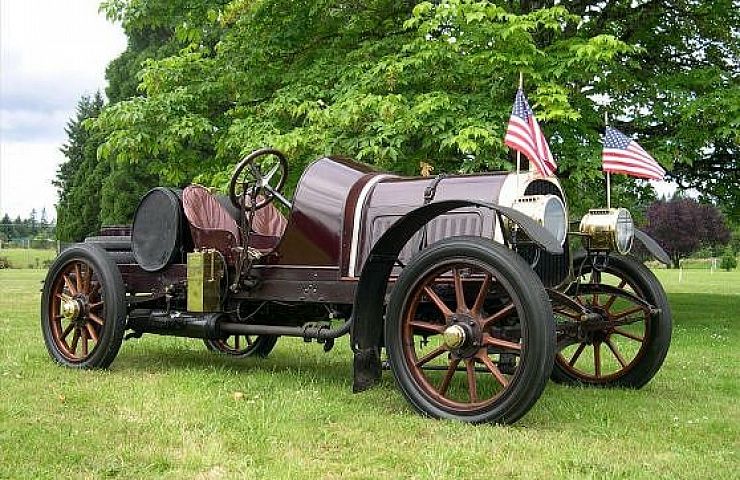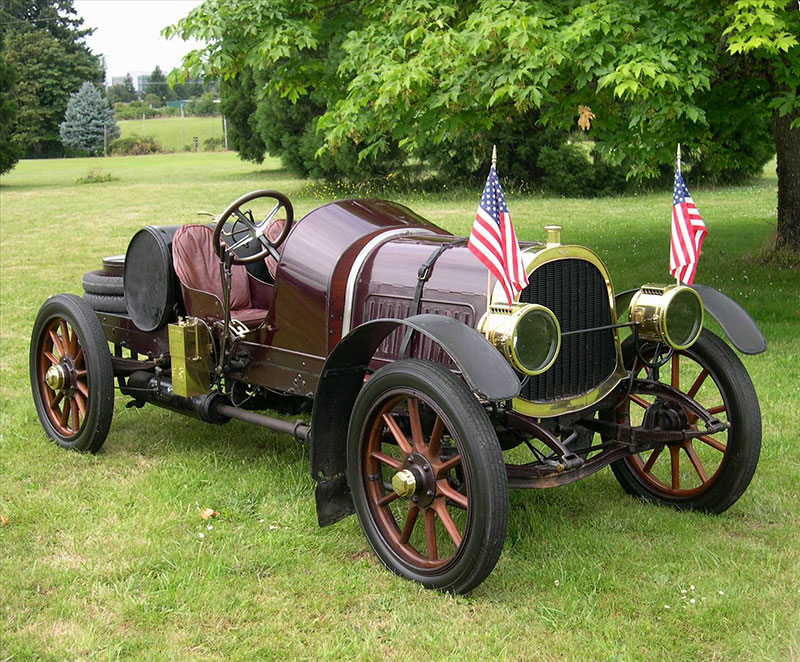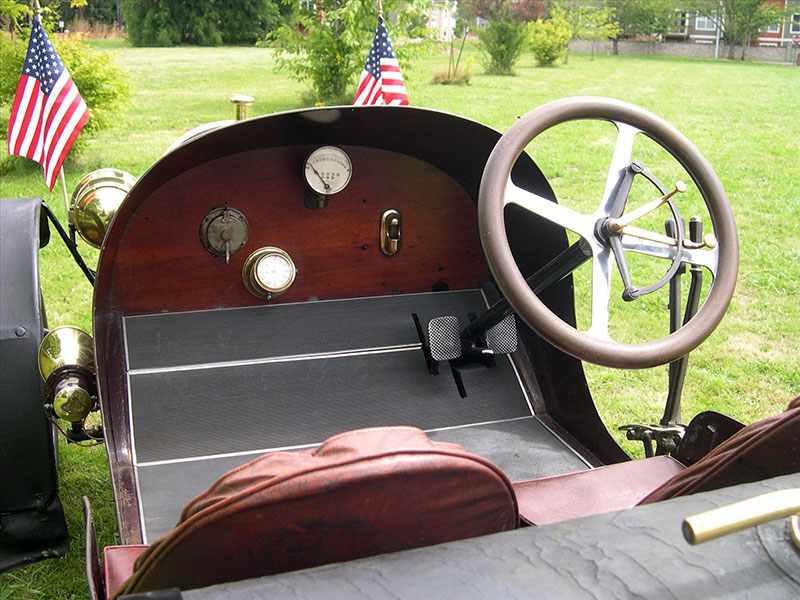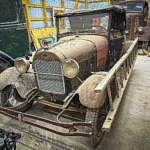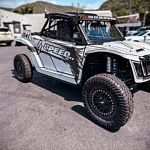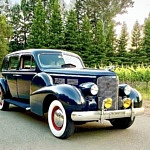Over the years, I’ve come across vehicles that have been in the same family for a number of decades. But the one that tops them all—by a wide margin—is the 1909 Pope-Hartford in the caring hands of Phil Hutchinson of Aloha, Ore.
This amazing, unrestored example of a brass-era car was purchased new by Hutchinson’s great-grandfather in New Jersey for $2,750—a princely sum back then. It joined the other family car, a 1908 Buick Touring.
Since 1878, Albert A. Pope stood at the helm of Columbia, the world’s largest manufacturer of bicycles. In 1897, the Pope Manufacturing Company began producing an electric automobile and, by 1899, more than 500 examples had been built. In 1904, the company began producing a more traditional internal combustion automobile at its facility in Hartford, Conn. This marque continued through 1914, when the company was dissolved. Pope himself had declared bankruptcy in 1907 and died in 1909.
In the early 1900s, auto racing became a prime stage where auto manufacturers could promote their products, including Pope. According to TheOldMotor.com, in 1910 Pope-Hartford fielded a team of two to three cars that competed at tracks around the country, including the prestigious Vanderbilt Cup. There, one car driven by Jack Fleming came home in sixth position while teammate Bert Dingley finished tenth.
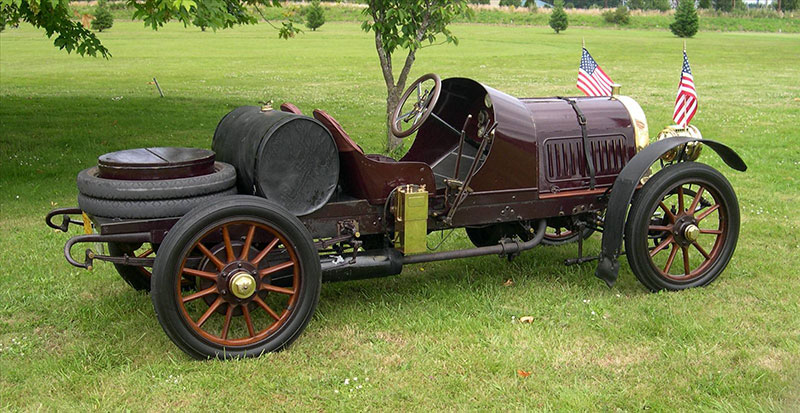
This view shows the 50-gallon fuel tank and the brass box that held a mix of carbide and water. These ingredients produced the acetylene gas that powered the headlamps.
Multi-Generational
If cars could talk, Hutchinson’s Pope-Hartford could certainly spin some tales. When his great-grandfather purchased it, the car was a full-fendered, four-passenger touring car.
Hutchinson’s grandfather converted his Pope into a dirt track racer in New Jersey in 1920. That is how it remains today, complete with leather-covered front fenders and 50-gallon fuel tank.
The car was eventually stored for many years in Ohio before it was passed along to Hutchinson in 1980.
Built upon oak frame rails and rolling on 10-spoke wooden wheels, the Pope-Hartford is powered by its original 4-cylinder, 40-horsepower engine. With three forward gears, it cruises most comfortably around 40 mph.
Hutchinson has to use a hand crank to bring the engine to life. “It’s called an ‘arm-strong’ starter, and it has broken the wrist of every one of its drivers except me,” he said.
A brass box mounted on the right side of the car held a mix of carbide and water. Together, these ingredients produced the acetylene gas that powered big twin headlamps.
Some years ago, Hutchinson drove a gentleman to a party in the car. “It had been a long time since someone who’s older than the car has ridden in it.”

